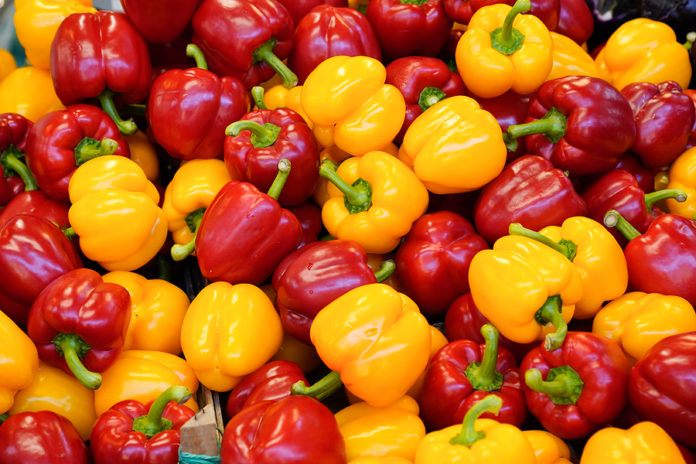
The FDA recently released the final rule on Requirements for Additional Traceability Records for Certain Foods, aka the Food Traceability Final Rule. In a stakeholder call, FDA Deputy Commissioner for Food Policy and Response Frank Yiannis called it a “landmark rule” that would be “nothing short of a game-changer for the food industry.”
This article provides a brief overview of the rule. For more information, visit the FDA website. The agency will also hold a webinar on the rule on Wednesday, Dec. 7. Register here.
What is the Food Traceability Final Rule?
The rule establishes traceability recordkeeping requirements, beyond those in existing regulations, for persons who manufacture, process, pack, or hold foods included on the Food Traceability List (FTL). It’s a part of the New Era of Smarter Food Safety Blueprint.
Yiannis said that the rule will help the FDA notify the public about recalls earlier, remove potentially contaminated food from the market faster, and identify the root cause of the problem to keep it from happening again.
What foods are covered by the rule?
The FTL includes a variety of foods, ranging from soft cheeses to nut butters to several types of fresh fruits and vegetables. The additional recordkeeping requirements apply to the foods listed on the FTL as well as foods that contain the listed foods as ingredients, provided that the listed food that is used as an ingredient remains in the same form in which it appears on the list.
For example, fresh tomatoes are on the list. If a product, such as a ready-to-eat salad, contains fresh tomatoes, that salad would also be covered by the rule. But, if those tomatoes are processed or frozen, they would no longer be covered.
What recordkeeping is required?
The rule requires anyone who manufactures, processes, packs, or holds foods on the FTL to collect and maintain records of key data elements (KDEs) associated with critical tracking events (CTEs). This information can be stored as paper or electronic records, on- or offsite, as long as it can be provided to the FDA as an electronic sortable spreadsheet within 24 hours of a request.
There are seven critical tracking events:
- Harvesting
- Cooling (before initial packing)
- Initial packing (of a raw agricultural commodity other than a food obtained from a fishing vessel)
- First land-based receiving (of a food obtained from a fishing vessel)
- Shipping
- Receiving
- Transformation
The required key data elements depend on the CTE. For example, the cooling CTE requires these KDEs:
- Location description for the immediate subsequent recipient (other than a transporter) of the food
- Commodity and, if applicable, variety of the food
- Quantity and unit of measures of the food
- Location description for where you cooled the food
- Date of cooling
- Location description for the farm where the food was harvested
- Reference document and reference document number
The information that companies must keep is passed through the supply chain. For example, these cooling KDEs must be passed to the initial packer. You can find all of the KDEs for all of the CTEs here.
All foods must have an associated traceability lot code (TLC), which are assigned at certain CTEs along the supply chain. Everyone subject to the requirements of the final rule must establish and maintain a traceability plan.
Are there exemptions to the rule?
Yes. There are several exemptions, such as very small farms and processors who apply a kill step to products. To find out if you are exempt from the rule, use the FDA’s interactive flow chart.
More information: FSMA Final Rule: Requirements for Additional Traceability Records for Certain Foods









